It was my first trip to Bangladesh. All my life, I’ve heard folklores about Bangladeshi Hilsa, but hardly anybody could tell me how they cook it or what is the specialty across the border. So, this trip was dedicated to Hilsakahini. But little did I know that I’ll come across another beauty of Dhaka, and all of it due to my Dhaka-specialist friend Kaniska Da. The item is called Bangladeshi Ponir. Yes, it’s ponir and not Paneer. And this blogpost will be on that experience and few other friendly encounters of mine there.
Now, Bangladeshi Ponir is cottage cheese in its true sense. It looks like a slab of Paneer, but the texture is very different- with lots of pores. They say, the reason that it’s like this is, to allow the Ponir to breathe. And once you open the packet (they normally pack it in those eco-friendly paper bags), a strong aroma will hit you. Now, how do I explain that ? Have you tried Bandel Cheese ? Yes, the local variety that is available in Kolkata. This Bangladeshi Ponir is something very similar. There is a strong pungent aroma. And they normally have two varieties, less salty and more salty. And my good friend Muntasir Hamid got me both the varieties.

Bangladeshi Ponir
I’ve had many a good friends in life. But the level of hospitality that I’ve encountered in Bangladesh was something unexpected. To start with, I’ve never ever met this guy, Muntasir, but he travelled long to meet me and accompanied me during my whole stay in Dhaka. And as soon as he came to know that I’ve never tasted Bangladeshi Ponir, he got both the varieties for me to carry back home. Even when Nayana di came to know that I’ve never tasted the superb variety of bharta in Bangladesh, she immediately invited me over to her home for a lunch … And boy, what a lunch it was.
Coming back to Ponir, it was more like a crossover between an Indian Paneer and a crude Feta cheese. Madhurima di told me to enjoy it with some good booze and I am really good at following instructions. But the better version was using the Ponir as sandwich filling. I just put the cut chunks of Bangladeshi ponir inside two slices of sandwich bread and some chopped onion and green chilly. After grilling, the result was pure love- it was more like a cheese filling and that too, a great one.
Kala Bhuna and Biryani at a sweet shop
But apart from the hilsa and Bangladeshi Ponir, Muntasir introduced me to few other specialty dishes in Bangladesh. We met over a coffee at hotel Long Beach Suites (where I was invited for Hilsakahini), and upon sensing my ignorance at Bangladeshi cuisine, he insisted on taking me to a nearby restaurant over dinner. The place was named Premium Sweets at Gulshan, Dhaka. Yes, the name was that of a sweet shop, but it was a full-fledged dine-in restaurant. We tasted the famous Kala Bhuna there along with Nihari. Now, surprisingly, Nihari at Dhaka was distinctly different from what we are used to taste here. There, it was a more light, watery broth full of flavor. Some ginger slices and chopped green chilly was sprinkled on top, but that was really not needed. But Kala Bhuna was more like our home grown Kosha Mangsho, at least to my naive palate. Onion was bhunaoed with meat till it’s dark brown in color and the spice level was really low. The flavor of meat and onion were dominant and probably that was the beauty. The dinner and mostly the hospitality was something that I’ll remember for a long long time.
And the star Kebab
The next meal that I’d like to mention is the dinner hosted by Kaniska da at the famous Star Kebab at Banani. As far as I could figure out, Star Kebab is a pretty well known joint in Dhaka. And they specialize in making kebabs and also their Meat Tehri and Biryani were highly recommended by a lot of my foodie friends. So, I met Kaniska da there and we were taken to the AC’d first floor. The place somehow had a positive vibe. It was like the pice hotels in Kolkata, where all local people flock. The guests mostly knew what to order and it was a relaxed atmosphere. And, it was so unlike the posh formal ambience of Premium Sweets, the last night.
Being a regular and champion foodie, Kaniska da did the ordering. And mutton leg roast was ordered apart from Mutton biryani and Mutton Tehri. And from my Googled knowledge, I ordered Chicken Jhal Fry. Let me be honest. Of all the food items, mutton leg roast was my favorite. It was a baby mutton raan cooked in yellow home-styled gravy. I’ve hardly seen the use of Ittar in Bangladeshi food and this was no exception. The meat was actually waiting to be touched , so that it can come off the bone. And it was simply superb. Biryani was more of a disappointment or it was a bad day at work. The biryani that I’ve tasted at Premium Sweets was more moist and tasty in nature, and this was super dry. Tehri was rather good and matched the expectation. It was a khichri sort of dish with meat. Now, in Dhaka, both biryani and tehri had shami kebab as accompaniment or it compensated the Kolkata aloo. But whatever it is, it didn’t gel really well with the rice and meat. But whatever, the home-styled pudding compensated for the disappointment. And overall, it was a good experience.
Hilsakahini without Hilsa ?
And the final spot that I would like to mention is the Dhaka Club. I had mentioned once to my friend Ankur that I’d like to visit Dhaka Club someday. And he did something somewhere and took me to Dhaka Club as a guest there. Yes, good men still exist. And after all, if it’s a Hilsakahini, I couldn’t really miss the place. Dhaka Club was formed in 1911, just after the partition of Bengal in 1905. It’s basically an old school club in Dhaka and there has been a long feud between Dhaka Club and Bengal club in Kolkata on who had invented the boneless Smoked Hilsa.

About Smoked Hilsa
Let me be honest , my friend Arpita Chanda helped me a lot in finding out this portion on Smoked Hilsa. Though Mog khansamas brought smoked hilsha to our plates it was actually prepared by the Muslim boatmen of Goalondo steamer service. Mog ‘sarengs’ (boatmen) just copied it and modified it for their Anglo Indian masters. It is all about the preservation of the fish for the long ferry service. The cooks of the boat just hang the cured (drain out the water by using salt) fish in the kitchen smoke and that gave a beautiful flavour and also the hot smoking procedure make the fish ready to preserve it. And when you hot smoking procedure you don’t need to cook it in any sauce, just serve it.

Smoked hilsa at Dhaka club
Another theory says that there is no Goalondo connection to it. But the mother of the smoked Hilsa is ‘Smoked Herring fish’ which is and British and originally Scandinavian delicacy. The Anglo Indian memsahibs and sahibs didn’t get their favourite Herring here. So these Mog culinary masters introduced the Hilsa to the Anglo-Indian kitchen. Ilish and Herring belongs to the same ‘Clupeidae’ family so share more or less same taste and Hilsa is also known as ‘Hilsa Herring’. And the smoking process was taught by the British of Anglo-Indian lords to their Mog cooks and they copied it very well. And those cooks brought recipe to the Clubs of Calcutta and Dhaka.
Finally the smoked Hilsa …
The dish was slightly different from whatever we are used in Kolkata. In Dhaka, the fish was hardly smoked, it was rather poached and served with a lot of boiled veggies. The fish was super fresh and perfectly deboned. But somehow, it lacked the punch, or was it my homesickness ? But the mushroom pepper fry and Fish Finger were superb and definitely were among the best that I’ve tasted in recent times.
I know this post is a bit long and boring, but I couldn’t thank my friends there otherwise. The hospitality that I’ve experienced there is priceless and I’ll cherish them in my memory for a long, long time. And thanks a lot Long Beach Suites Dhaka for hosting me for my Hilsakahini.
And, if you’re still interested to check the journey of two foodies with Dhaka’s leading daily Daily star, you can check it here.
https://www.thedailystar.net/lifestyle/spotlight/news/tales-two-foodies-1632031

Bon apetit !!!
Comments and critics welcome.
I can be reached at 9903528225 / Indrajit.lahiri@ymail.com



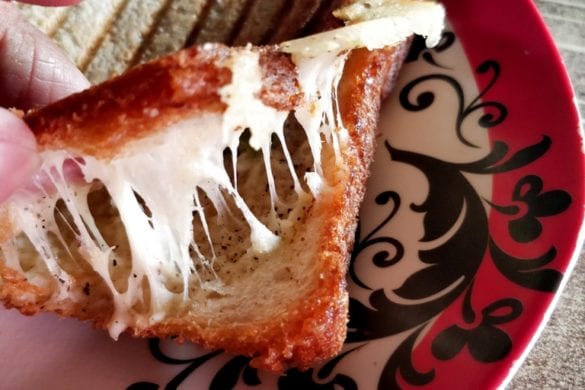

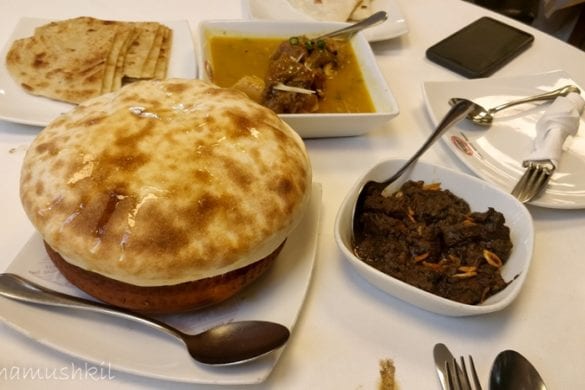
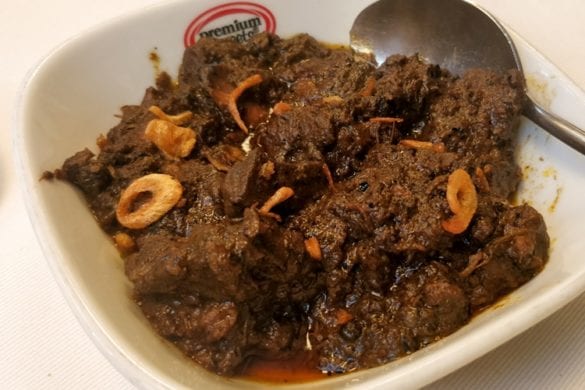
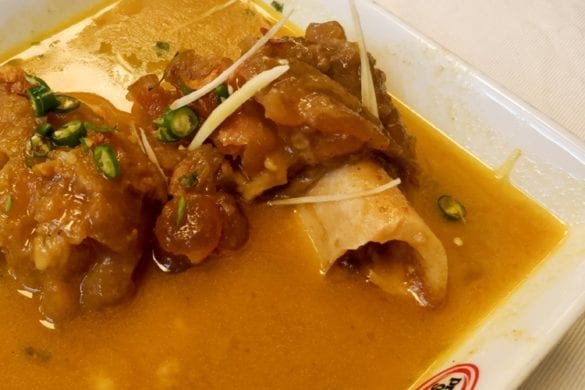
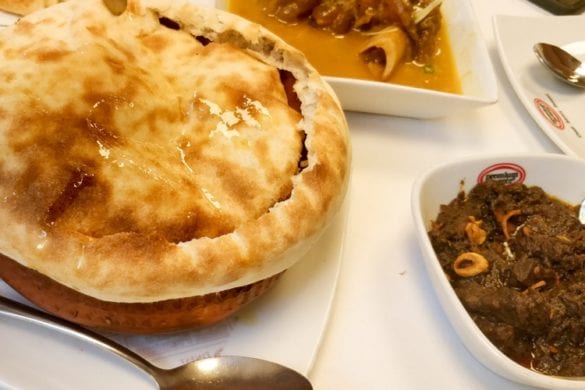
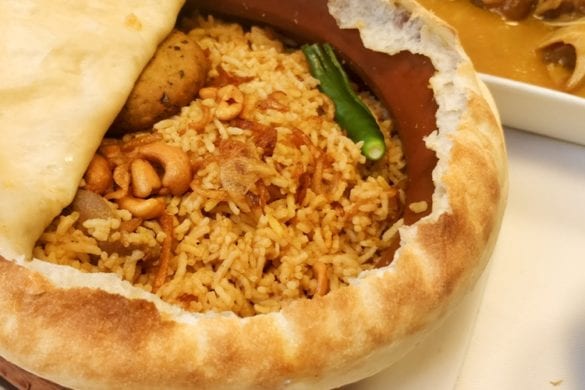

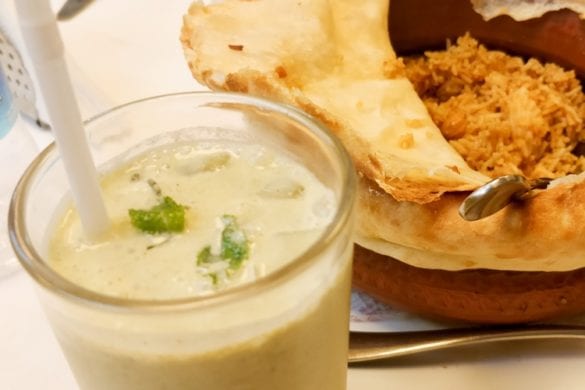
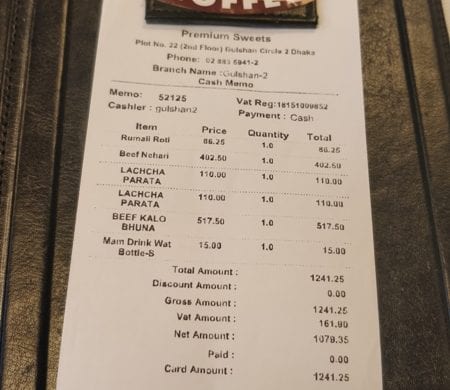
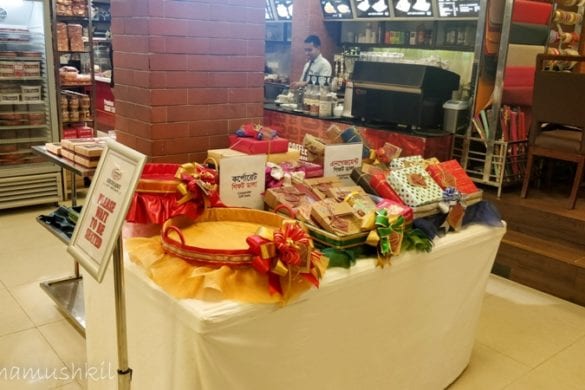
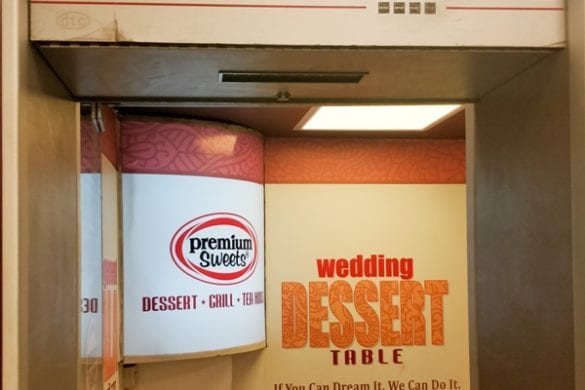
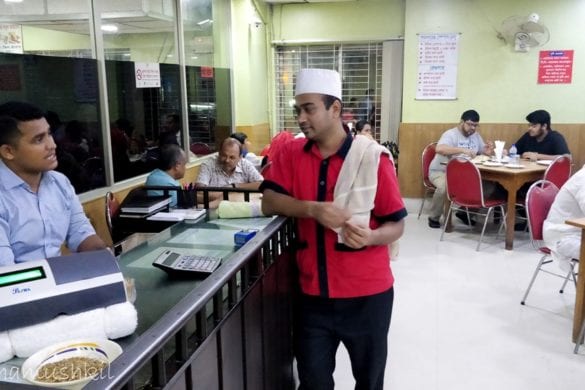
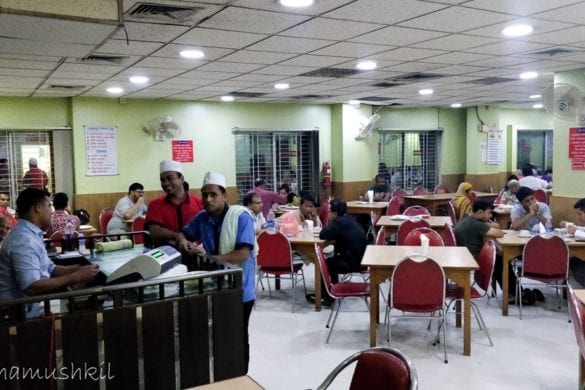
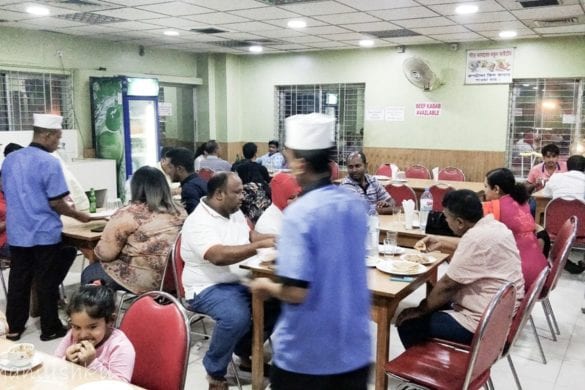
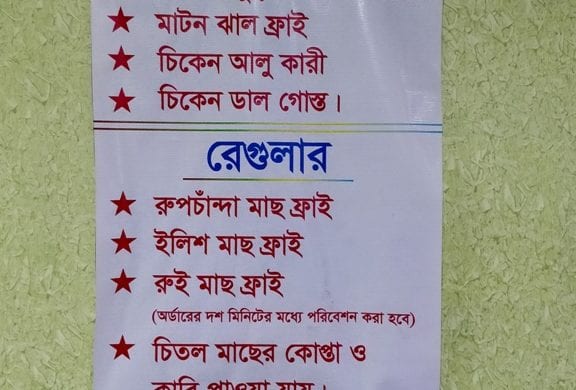
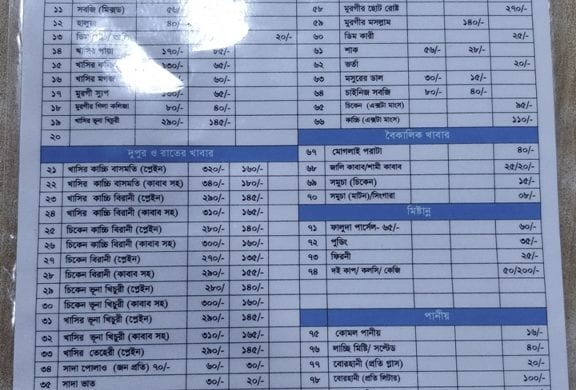
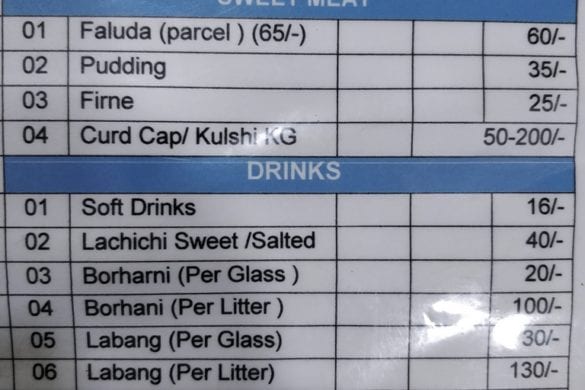
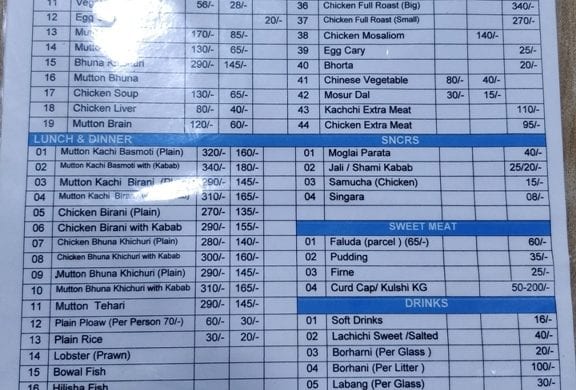
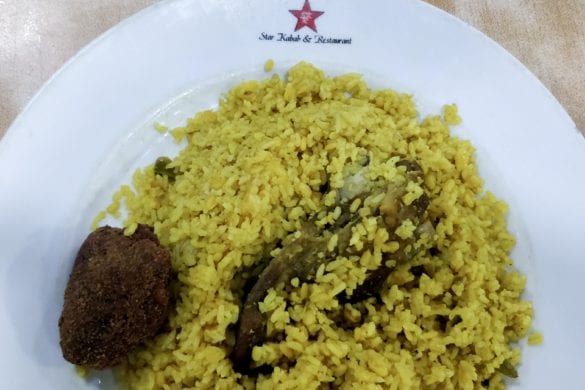
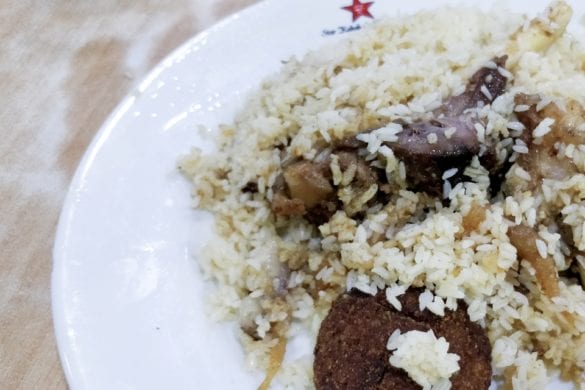
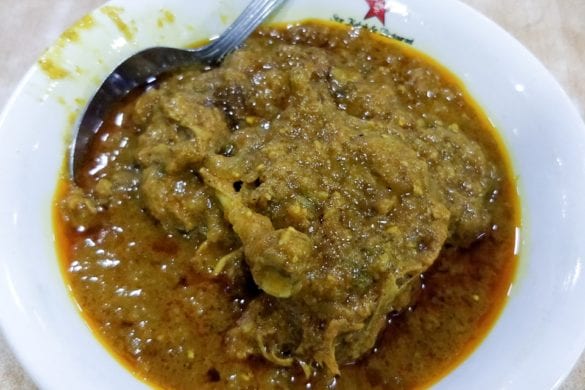
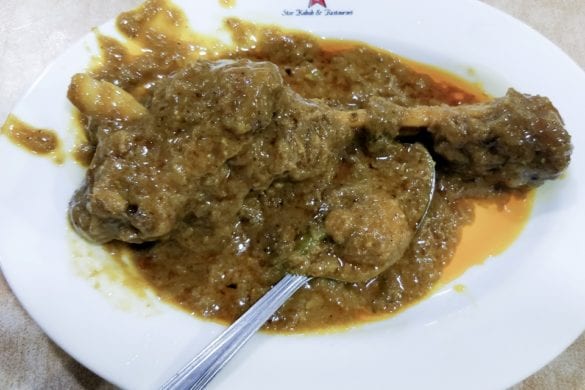
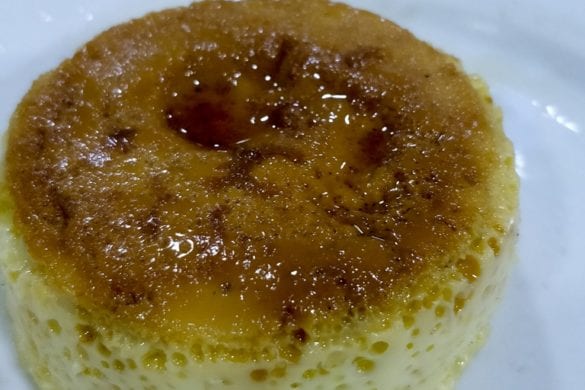
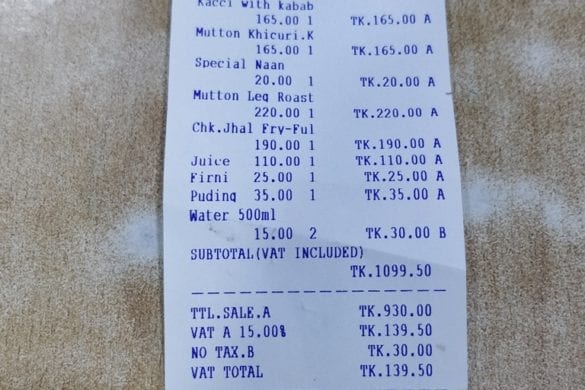

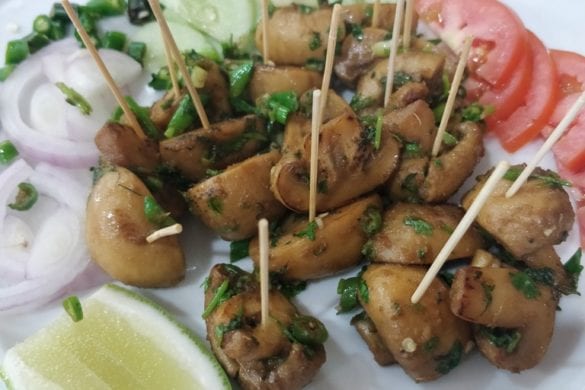
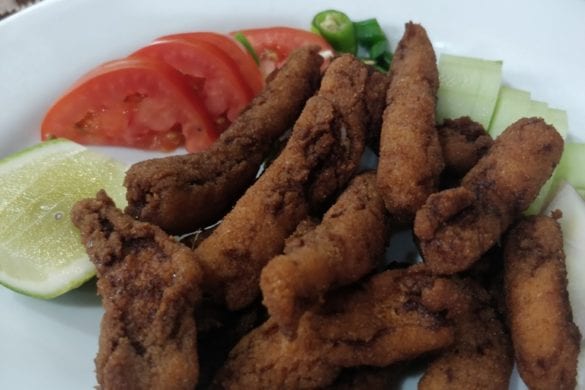
6 comments
Hi, it’s great to know that you visited Bangladesh. I just finished reading this whole blog in one go as (i) I am a voracious reader of food-travel blog and (2) it’s about my city. Also, I found you through FoodKa and started following you on Insta.
Thanks for the detail on Dhakai Ponir, I didn’t know as much myself. However, I would like to recommend you to visit Dhaka once more, if you really want to taste some original food and not in the ‘five-star’ way.
As I understood, you didn’t visit Old Dhaka and if that is true, you didn’t taste the real Biriyani or Tehari made in Bangladesh. Star Kebab has its own fan following and even I was a fan once. Premium Sweets is more like a ‘rich’ people’s place for ‘deshi’ food where spices are intentionally used in low portion. Another thing, ‘Kalabhuna’ is far different from ‘Kosha Mangsho’ and it has a lot more varieties & amount of spices in it, given that it’s a properly cooked one.
If you have any intention to pay a second visit, please contact me. I would be more than happy to show you around.
Firstly, thanks a lot for going through my posts. Yes, it was a short trip and couldn’t cover many places in that. I’ll surely connect the next time I go there …
[…] Bangladeshi Ponir and Dhaka food stories […]
If I can write like you, then I would be very happy, but where is my luck like this, really people like you are an example for the world. You have written this comment with great beauty, I am really glad I thank you from my heart.
It is great to see your beautiful post, such a post is rarely seen, I am really impressed by your post and I hope that you will keep writing more similar posts in your life.
[…] Please check my bloggpost on Bangladeshi Ponir here […]